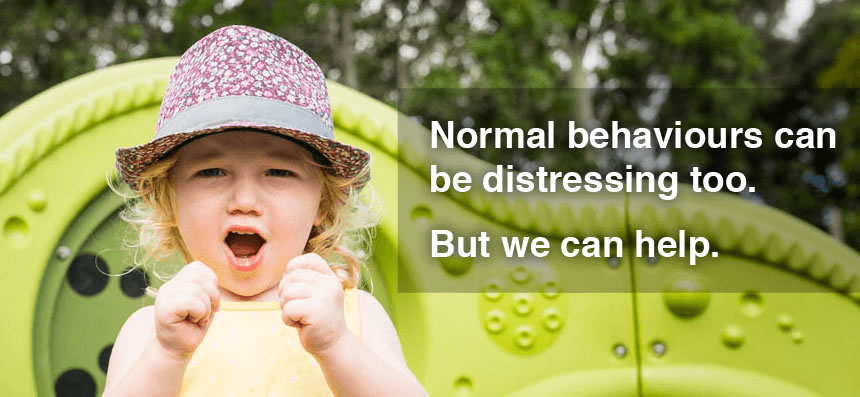Affordable Sessions
NDIS funded sessions
out of pocket cost per session
Additional travel costs may apply
$251 (1 hr session + service fees)
Self-managed and Plan-managed NDIS participants only
NO NDIA managed participants as we are not fully NDIS registered
With Medicare Rebate
out of pocket cost per session
for home visits before 3pm
$250/hr fee minus $117 rebate
Additional $20 for high demand sessions commencing after 3pm
Medicare has some requirements for Home Visits we will discuss
With Medicare Rebate
out of pocket cost per session
at Northgate practice before 3pm
$230/hr fee minus $93 rebate
Additional $20 for high demand sessions commencing after 3pm
GP Mental Health Treatment Plan (MHTP) required for rebates
With Private Health
approx out of pocket session cost
Confirm rebate amount with insurer
Rebate often between $50-100
$250/hr fee home visit sessions or $230/hr for in-clinic sessions
Video, phone, home or clinic sessions possible





